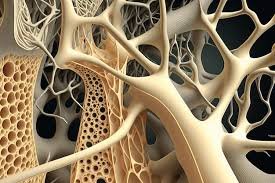Staying strong after 40 is not optional—it’s essential. Start with what you can do, build a routine, and never ignore pain or stiffness.

Leg pain and sciatica are often caused by underlying issues with the spine, muscles, nerves, or joints. The most common causes include:
A herniated disc in the lower back can put pressure on the sciatic nerve, leading to sciatica. This pressure causes sharp, shooting pain that radiates down the leg, often accompanied by numbness or tingling.
This condition involves narrowing of the spinal canal, which can compress the nerves, including the sciatic nerve, resulting in leg pain, cramping, and weakness, especially when standing or walking.
The piriformis muscle, located in the buttocks, can irritate the sciatic nerve when it becomes tight or spasms. This can cause pain that mimics sciatica, with discomfort radiating down the leg.
As the discs between the vertebrae wear down over time, they may lose their cushioning
ability, leading to nerve compression and causing pain that can radiate into the legs.
Injuries such as fractures or strains to the spine or pelvis can put pressure on the nerves, leading to leg pain and sciatica.
Overuse or sudden movements can strain the muscles in the lower back, hips, or legs, causing localized pain that can also affect the sciatic nerve and lead to radiating leg pain.
This condition occurs when one vertebra slips out of place, putting pressure on the sciatic nerve and causing pain that can travel down the leg.
In rare cases, tumors or infections affecting the spine can press on the sciatic nerve, leading to leg pain or sciatica.
Poor posture, sedentary lifestyle, obesity, and improper lifting techniques can contribute to back problems, including sciatica, which can lead to chronic leg pain.
Addressing the root cause, through physical therapy, medication, or, in some cases, surgery, is essential for effective treatment of both leg pain and sciatica.



Copyright © 20November 10, 2024 Dr. kanav's Joint Wellness Clinic . All Right Reserved